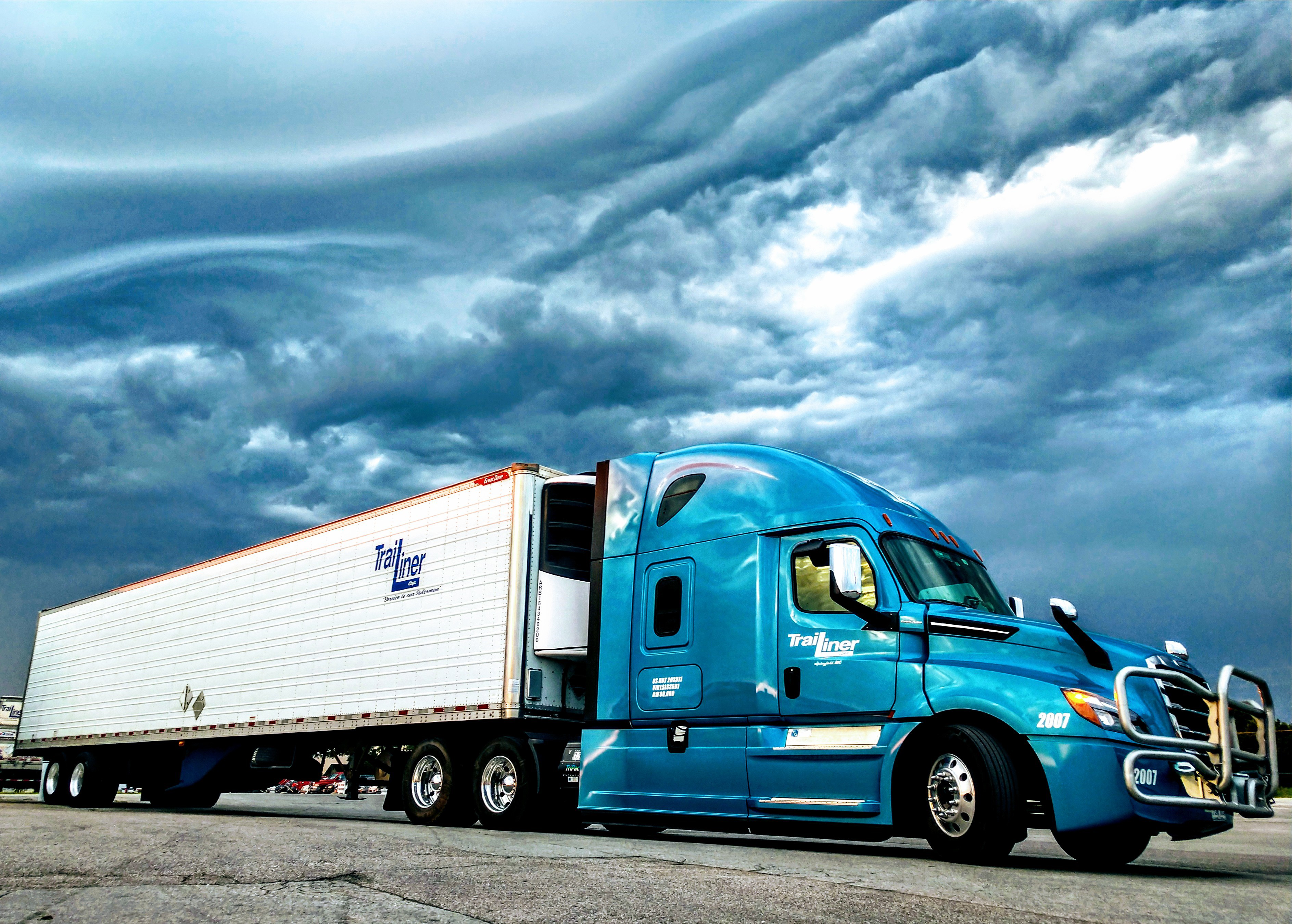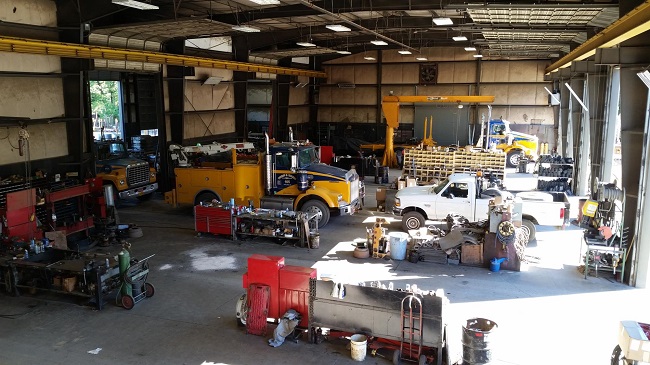

Paul said on-demand brokerage services like Convoy were one of “the hottest technologies in the trucking industry globally.” An app that can take the place of countless emails and phone calls and provide load and truck availability, rate negotiations, proof-of-delivery and payments is extremely valuable to trucker and shipping company alike.Īs part of an industry study, Ms.


#Trucking office driver#
It takes an average of three days for his company to be paid after its driver has scanned in the paperwork for a completed job, rather than the industry average of two weeks, he said. Payment is also more efficient through the app, Mr. “Now we can use the app to look at jobs where we are and where we’re going and get all the information and pricing on the load,” he said. In 2018, it reached unicorn status as a privately held start-up valued at over $1 billion. With a one-stop app, the company hopes to make more money for truckers, reduce costs for shippers and take a cut for itself.Ĭonvoy, begun in Seattle four years ago, counts Bill Gates and Jeff Bezos as early investors and has grown to 700 people from 250 in the last year. One of the biggest, Convoy, has pushed to eliminate the paperwork and streamline the calls, emails and faxes that have been the unavoidable bane of truckers everywhere. Until recently, the internet forces that have disrupted taxi rides and food delivery weren’t quite ready to take on this challenge.Ī fast-growing class of app-based businesses aims to change that. Trucks move about 70 percent of freight by weight in the United States, but the industry is inefficient, with more than a quarter of trucks on the road riding empty. While OSHA does not regulate self-employed truckers, it does regulate workplaces to which the truckers deliver goods and the workers which receive those goods.A dining room table that started out as lumber might have ridden on six trucks from the forest to someone’s home. OSHA regulations govern the safety and health of the workers and the responsibilities of employers to ensure their safety at the warehouse, dock, construction site, and in other places truckers go to deliver and pick up loads throughout the country. It also offers a one-stop location to find applicable Department of Transportation (DOT) and Environmental Protection Agency (EPA) compliance requirements related to worker protection. This site provides information about preventing occupational illness and injury in the trucking industry through links to summaries, training presentations, publications and other resources. Includes sections on Delivery Trucks, Hand Trucks, and Water Delivery. Describes the hazards associated with beverage delivery. Included is a section, Receiving and Storing, which depicts safe log truck loading and unloading procedures. Describes the hazards associated with working in sawmills. Included is a section, Log Loading and Transporting, which outlines the required and recommended work practices that can reduce logging hazards to the vehicle operators. By many measures, logging is the most hazardous industry in the United States.

#Trucking office drivers#


 0 kommentar(er)
0 kommentar(er)
